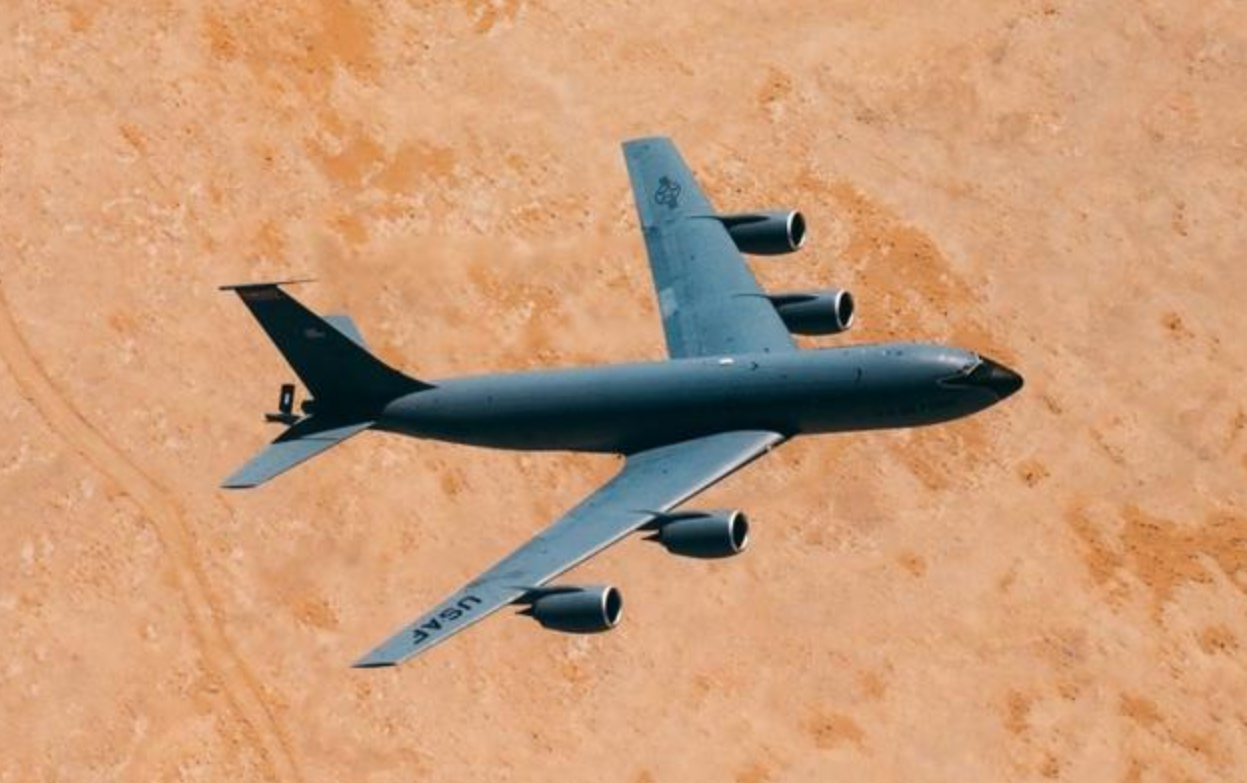Is US Army's "Making Jet fuel From Air" Tech Reliable?
From:
Zhonglin International Group Date:05-09 1432 Belong to:Industry Related

According to official news released by the US Air Force, the US Air Force is currently promoting a new energy technology project called "air to oil": extracting carbon dioxide widely present in the air as a carbon source, using local water sources or even moisture in the air as a hydrogen source, and combining the carbon and hydrogen elements of the two through advanced synthesis technology to produce hydrocarbon fuels such as aviation kerosene, Used for various combat equipment, including fighter jets.
The project achieved successful production in August this year, and the first phase is expected to end in December.
Reasons for the US Air Force to Support Air to Fuel Manufacturing
The US military attacked in the Afghanistan War
In the current public promotion, the motivation explanation of the US Air Force for promoting the air to oil project mainly focuses on two aspects:
One is to strengthen the security of logistics supply.
The US Air Force emphasizes that the logistics transportation system has always been the primary target of enemy attacks throughout history, and currently, oil transportation safety has become the most significant source of risk in US military operations. For example, in the most severe scenario of the Afghanistan war, 30% of US military casualties were caused by attacks during fuel and water transportation. The air to oil project can greatly reduce the amount of fuel transportation, thereby making the logistics transportation system more capable of surviving on the battlefield.
The second advantage is environmental protection.
The US Air Force emphasizes that the air to oil program only uses carbon dioxide, water, and renewable energy from the air, thus completely eliminating the demand for traditional fossil fuels and effectively reducing carbon emissions.
Is the new technology of the US military feasible,
How high is its practical value?
Technically speaking, air-based oil production does not violate physical laws such as energy conservation. But from a practical application perspective, air to oil production faces another fundamental constraint - where does the energy needed to manufacture it come from and whether it involves storage and transportation?
The energy release brought about by any chemical reaction is essentially achieved through electron transfer between different atoms. The mainstream fuel types we currently use are hydrocarbon fuels composed of hydrocarbons. Due to the lightness of both hydrogen and carbon atoms, hydrocarbon fuels occupy a very small atomic weight for each electron released, making them a type of substance with extremely high chemical energy storage density in nature.
The energy storage advantage of fuel is extremely high
This is also the fundamental reason why electric vehicles cannot replace gasoline (including hybrid) vehicles to this day - battery technology is already very advanced, but the energy storage advantage of fuel is too obvious. Therefore, air to oil production inevitably faces a dilemma: the trouble and risk of manufacturing it is likely to be greater than the trouble and risk of transporting it, and it is much greater.
A single flight mission of a fighter jet requires fuel consumption of several tons; An air force base, depending on its size, has a daily consumption of several hundred or even several thousand tons during wartime. Moreover, the energy utilization efficiency of any manufacturing process cannot reach 100%, and such a massive energy source requires a considerable scale of preparation facilities to maintain operation and obtain corresponding forms of energy input.
Solar power generation is the easiest and fastest form of energy acquisition to deploy
And the sources of these energies are none other than one of the following:
”
fossil fuel
High power nuclear power generation
Hydroelectric power generation
Solar/wind power generation
If we carefully examine each one from here, the battlefield deployment value of air oil production facilities will become very awkward:
Fossil fuels can be vetoed first. Coal to oil technology is already mature, and it is more cost-effective to directly use oil to oil for aircraft combustion. And unless the base is built around the mine, it is necessary to continuously transport more and heavier fossil fuels to the base than traditional fuels; Putting the cart before the horse, it's better to directly send finished fuel.
Projects that require long-term construction to be used can all be directly rejected. Otherwise, projects that cannot be completed even after the war is completed will continue to exploit extremely expensive and limited military logistics resources like malignant tumors throughout the entire war process.
Projects that require a large amount of water resources can also be rejected. Even without considering the issue of construction schedule, not every place in the world has sufficient superior natural resources and terrain conditions to support the construction of high-power hydropower stations, and such locations are actually quite rare.
During the Gulf War, Iraq ignited a large number of oil wells, forming widespread smoke covering the battlefield
Photovoltaic/wind power generation, especially solar photovoltaic power generation, is relatively easy to deploy, but is greatly affected by environmental factors - encountering low wind or rainy weather, or widespread continuous smoke cover, its output power cannot be guaranteed.
In fact, not to mention the battlefield, both civilian photovoltaic and wind power generation are unable to serve as the main force of the power grid due to their unstable output characteristics, and have even set precedents for multiple large-scale power grid accidents. This is an unavoidable fact: within the existing technological framework, there is actually no other form of energy supply that can catch up with the existing fuel storage and transportation system after considering multiple factors such as deployability and reliability.
Advanced synthesis technology for air based oil production,
The biggest prospect is not in the military field within the scope of the Earth
The air to oil technology proposed by the US Air Force this time, in terms of deep motivation, has a considerable portion - even a decisive part - that does not originate from real battlefield needs, but is subordinate to the current political correctness of the US military, namely the so-called "green environmental protection".
The articles published on the official website of the United States Air Force themselves are candid about this:
“If the platform can scale up, it will enable more flexible operations, reduce dependence on foreign oil, and have additional benefits of reducing carbon emissions - a key priority for the Department of Defense under the leadership of Secretary of Defense Lloyd Austin III.
Although like many Western environmental measures, such technologies often do not bring about a total reduction in carbon emissions, but rather transfer carbon emissions to other industries and countries. However, in terms of technology itself, air to oil production is not simply a subsidy scam project. It does have enormous potential value and is even one of the key capabilities for human future development.”
The future of this technology may lie in broader interstellar exploration.
Hydrocarbons are not only crucial fuels, but also key manufacturing materials for various chemical products; From pesticides and fertilizers to various fabrics and plastics, they are indispensable. Without hydrocarbons, humanity cannot sustain the continued existence of modern civilization.
Under the current theoretical framework, the main source of hydrocarbons - fossil fuels such as oil - is considered non-renewable; And on celestial bodies outside of Earth, it is very likely that there are no fossil material resources at all. Therefore, from the perspective of long-term human development, whether it is the depletion of oil resources on Earth or the need to achieve long-term residence and development on Mars; The advanced synthesis technology of fuel and industrial raw materials using simple carbon oxides and water is a necessary capability.



